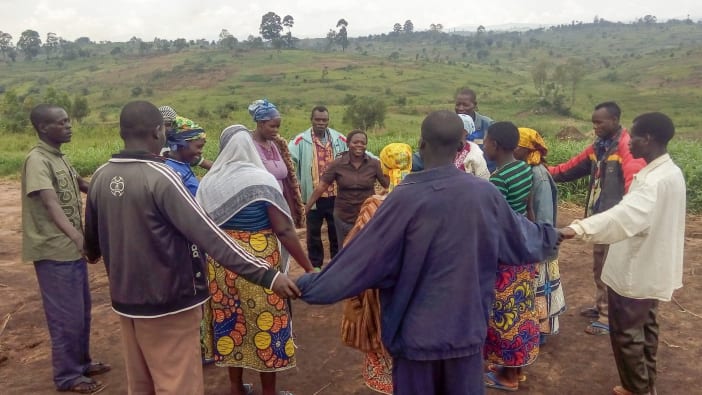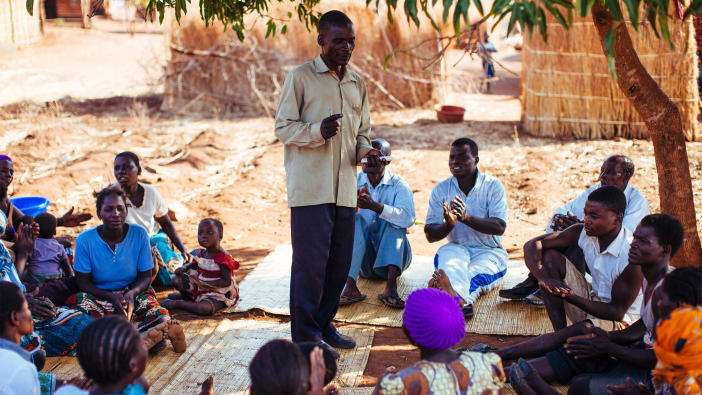- Design and locate camps for refugees or internally displaced people in consultation with refugees and displaced people to increase physical security.
- Ensure that public water points, latrines and other facilities (schools, health posts) are located in secure areas and within easy walking distance of people’s shelters.
- Where possible, assist each family to have its own latrine, and provide tools and materials for this.
- Public sanitary facilities for men and women should be separate, especially for bathing.
- Ensure there are women health staff, security staff and interpreters.
- Include women in the distribution of shelter, food and other supplies.
- Provide clothing and sanitary packs for girls and women.
- Provide fuel-efficient stoves to reduce the need for firewood, as women are vulnerable when they go to collect firewood.
- Include women in camp decision-making processes about health, sanitation, reproductive health and food distribution.
- Ensure communities are informed about the services available for survivors of violence, such as emergency medical help. Identify those who are particularly at risk such as orphans and single female-headed households.
- Identify, train and support community-based support workers to prevent, recognise and respond to gender-based violence, to provide emotional support, information, referral and advocacy.
- Train women in their rights, such as refugee status.
- Develop support groups for survivors of gender-based violence and their families.
Adapted from Protecting the Future: HIV Prevention, Care and Support Among Displaced and War-Affected Populations, IRC, Kumarian Press, 2003.









